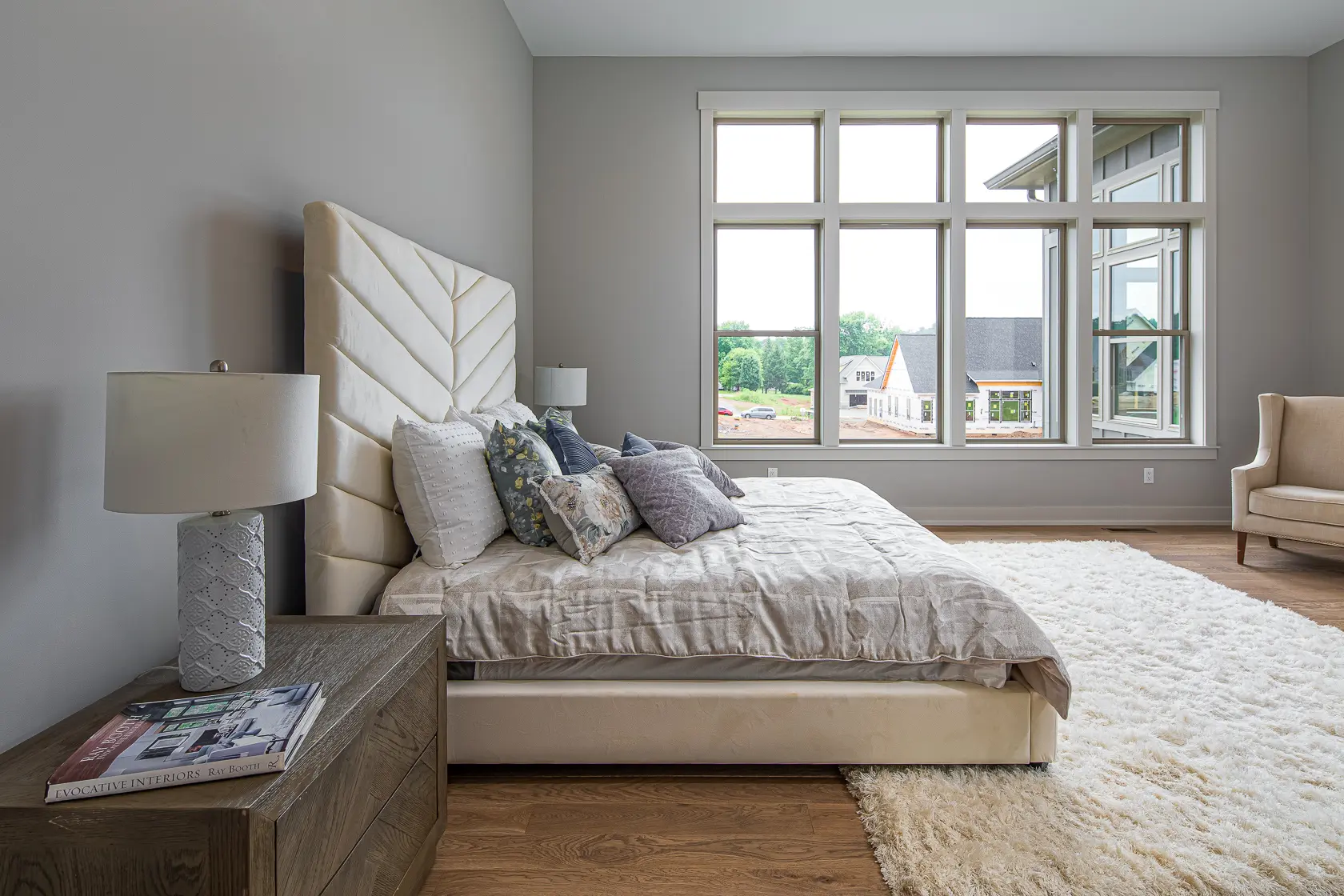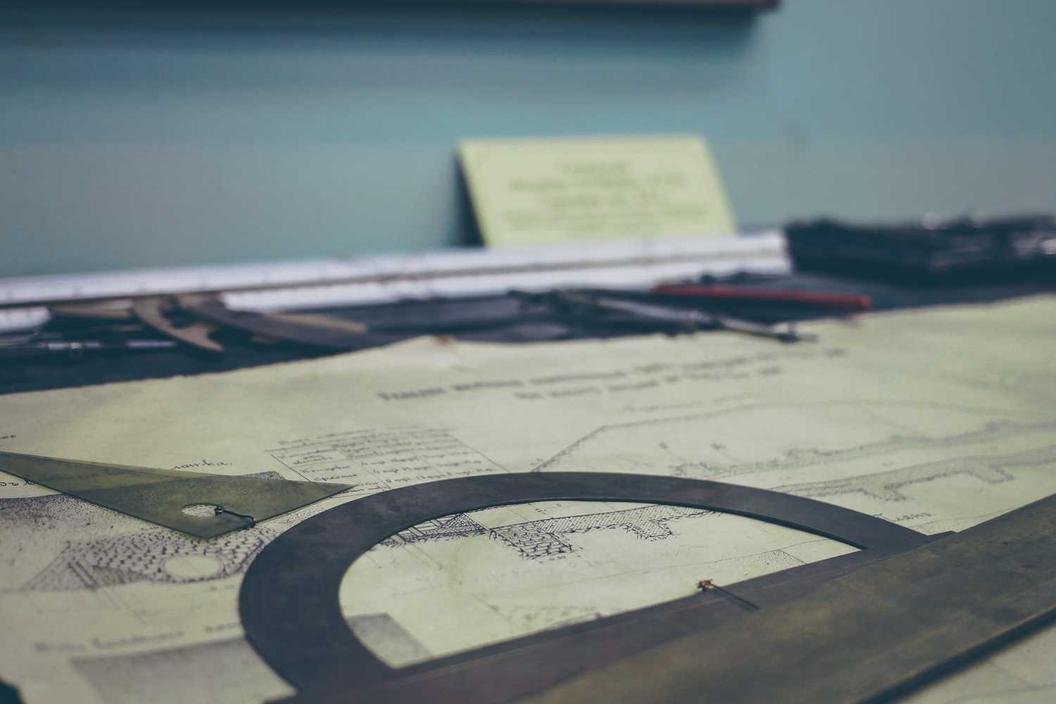Contact Us
(828) 538-2040Understanding the Financial Facets of Home Buying: Earnest Money vs Down Payment
Imagine how it feels to finally find your dream home, only to be confused by financial terms thrown around in the buying process. You’re not alone! For many first-time buyers, understanding the difference between earnest money and a down payment can be a maze. But what if I told you there’s a way to navigate this financial landscape with confidence? Let’s dive in together!
The Basics: What are Earnest Money and Down Payment?
Before we unravel the intricacies of these financial components, let’s clarify what they are.
What is Earnest Money?
Earnest money is essentially a good faith deposit that shows sellers you’re serious about purchasing their property. Think of it as a handshake made tangible. Typically ranging from 1% to 3% of the purchase price, this sum is submitted alongside your offer. If the deal goes through, it’s applied to your down payment or closing costs. However, should the sale fall through due to your decision, you might lose that earnest money, making it a crucial commitment in the buying process.
What is a Down Payment?
The down payment is a larger sum—most often 20% of the home’s purchase price—designed to reduce the loan amount and improve your mortgage terms. For example, on a $300,000 home, a 20% down payment means you’ll need to contribute $60,000 upfront. But don’t fret; programs with lower down payment options exist, allowing you to buy a home with as little as 3% down!
The Emotional Stakes: Why These Payments Matter
Picture this: You’ve found a charming home nestled in a vibrant community like Big Hills, and all that stands between you and your new life is a series of financial hurdles. The right understanding of earnest money and down payments can transform your home-buying experience from daunting to exhilarating.
Real-World Example
Consider Sarah, a first-time homebuyer who thought she could skip earnest money. When she spotted her ideal home in Stoneridge, she bypassed the good faith deposit, thinking it would expedite her offer. Unfortunately, another buyer—who included a robust earnest money deposit—sealed the deal while she watched her dream home slip away. Don’t let this happen to you!
Statistics That Speak Volumes
According to recent studies, homes sold with a substantial earnest money deposit close about 20% faster than those without. Furthermore, buyers who make a down payment of 20% or more typically enjoy lower interest rates—saving thousands over the life of their mortgage. Such stats illuminate the power of being financially prepared.
Strategies for Success: Navigating Your Payments
How Much Should You Offer?
When determining your earnest money, consider the market conditions. In competitive markets, offering more can set you apart. Conversely, less competitive markets may allow a lower deposit. Aim for 2% to 3% to show seriousness without overcommitting.
Exploring Down Payment Options
If financing looks like a hurdle, remember that assistance programs are available. For instance, in areas like Victoria Hills, various local grants and loans can reduce your required down payment significantly. Always explore available options before settling on your payment strategy.
Wrapping Things Up: Empowering Your Journey
Understanding the distinctions and purposes of earnest money and down payments not only equips you with knowledge but empowers your home-buying journey. With careful planning and informed decisions, the dream of homeownership becomes a tangible reality. Imagine walking through the doors of your new place, ready to create lasting memories!
Big Hills
Author




